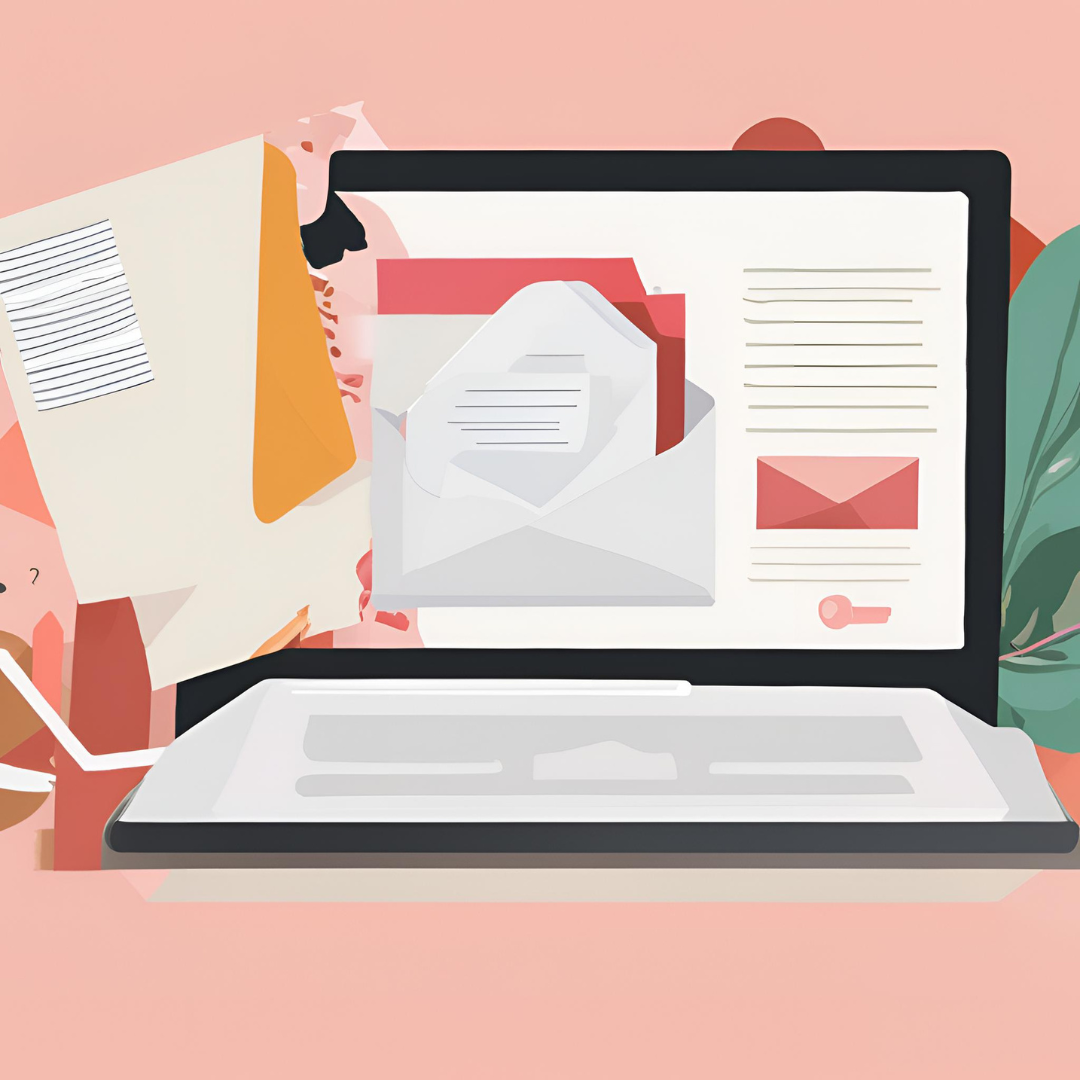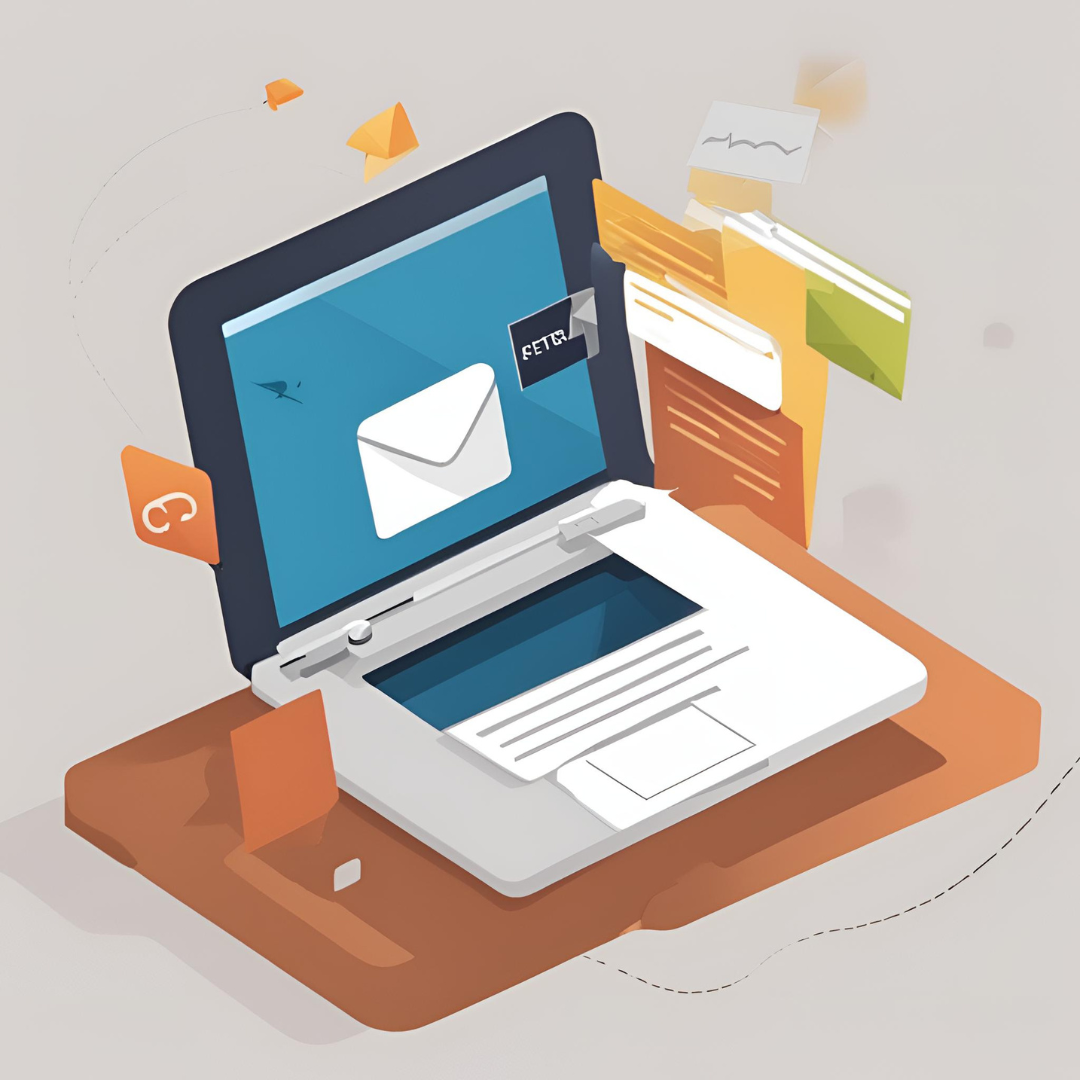One of the best methods for connecting with and engaging with your audience is still email marketing. However, the strength of your copywriting is just as important to the success of your email marketing as layout and style. Creating attention-grabbing email copy is crucial for getting your point across and encouraging the actions you want people to take. This thorough guide delves into the art and science of email copywriting, providing helpful advice and techniques to help you craft emails that connect with recipients and further your marketing objectives.
1. Understanding Email Copywriting
The practice of crafting text for emails that persuades readers to do particular actions—like buying something, attending a webinar, or visiting a website—is known as email copywriting. To increase engagement and conversions, compelling content and clear messaging are combined in effective email composition.
1.1 The Role of Email Copywriting
Email copywriting plays a crucial role in several aspects of email marketing:
Engagement: Copy that is well written draws the reader in and entices them to continue reading.
Persuasion: Recipients are encouraged to take action by persuasive copy, like clicking a link or making a purchase.
Brand Voice: The voice and personality of your brand are strengthened by writing that is captivating and consistent.
Key Points:
-
Attention-Grabbing: Effective copy captures and maintains the recipient's interest.
-
Action-Oriented: Persuasive copy drives recipients towards the desired action.
-
Brand Consistency: Consistent voice and tone enhance brand identity.
1.2 The Components of Effective Email Copy
Successful email copy involves several key components:
Subject Line: Your email should make a good first impression by grabbing readers' attention and being relevant.
Preheader Text: This text adds more context and shows up in the inbox next to the subject line.
Body Copy: the primary body of your email, in which you provide value and express your message.
Call-to-Action (CTA): The desired action, communicated in an understandable and engaging manner to the recipient.
Key Points:
-
Subject Line: Crucial for open rates; should be engaging and informative.
-
Preheader Text: Supplements the subject line with additional information.
-
Body Copy: Delivers your message and provides value.
-
CTA: Directs recipients towards the desired action.
2. Crafting Compelling Subject Lines
Among the contents of your email, the subject line is maybe the most crucial. It decides if people will read or disregard your email. Understanding your audience and utilizing language that sparks their interest or meets their requirements are essential to creating compelling subject lines.
2.1 Characteristics of Effective Subject Lines
Clarity: Make sure the email's purpose is made clear in the subject line.
Relevance: Consider the recipient's needs or interests while crafting the subject line.
Urgency: Establish a sense of urgency to motivate quick action.
Personalization: Make the subject line more interesting by using the recipient's name or other personal information.
Key Points:
-
Be Clear: Avoid vague or misleading subject lines.
-
Be Relevant: Align with the recipient’s interests or needs.
-
Create Urgency: Encourage prompt action with time-sensitive language.
-
Personalize: Increase engagement with personalized subject lines.
2.2 Examples of Effective Subject Lines
Example 1: Promotional Offer
-
"Exclusive 20% Off Just for You – Shop Now!"
Example 2: Event Reminder
-
"Don't Miss Out: Your Free Webinar Starts Tomorrow!"
Example 3: Personalized Offer
-
"John, Your Custom Recommendation Awaits!"
Key Points:
-
Promotion: Clear offer with a call to action.
-
Reminder: Direct and time-sensitive.
-
Personalization: Uses recipient’s name for a personal touch.
3. Writing Engaging Body Copy
You should deliver your message and offer value in the email's body copy. Body copy that works should be interesting, succinct, and tailored to the needs and preferences of the reader.
3.1 Structuring Your Body Copy
Introduction: Begin with an attention-grabbing introduction that establishes the tone for your message.
Value Proposition: Clearly state the advantages or worth of what you have to offer.
Details: Don't give the reader too much information; just the pertinent elements.
Call-to-Action (CTA): Finish with a compelling CTA that points the reader in the direction of the next action.
Key Points:
-
Engaging Introduction: Hook the reader with a strong opening.
-
Clear Value Proposition: Highlight the benefits or value.
-
Concise Details: Provide necessary information without overwhelming the reader.
-
Strong CTA: Guide the recipient towards the desired action.
3.2 Writing Techniques for Effective Body Copy
Use Conversational Tone: Write as though you and the recipient are having a one-on-one discussion. This fosters a more intimate relationship.
Be Specific: Give precise information; don't just make generalizations. Clarity raises engagement and credibility.
Incorporate Storytelling: Tell a tale to increase the relatability and recall of your message.
Keep It Brief: Be mindful of the recipient's time by ensuring your copy is succinct and direct.
Key Points:
-
Conversational Tone: Creates a personal connection.
-
Specificity: Enhances credibility and engagement.
-
Storytelling: Makes the message relatable and memorable.
-
Brevity: Keeps the email focused and respects the recipient’s time.
4. Crafting Effective Call-to-Actions (CTAs)
A vital component of any email text is the call to action. It should be easy to understand, persuasive, and drive recipients toward the desired action.
4.1 Characteristics of Effective CTAs
Clarity: The CTA should clearly state what action the recipient should take.
Visibility: Ensure the CTA is prominently placed and easily noticeable.
Action-Oriented: Use action verbs that encourage immediate action, such as "Shop Now," "Register Today," or "Download Free Guide."
Value Proposition: Reinforce the value or benefit of taking the action.
Key Points:
-
Be Clear: State the action clearly.
-
Be Visible: Ensure the CTA stands out.
-
Be Action-Oriented: Use strong, compelling verbs.
-
Reinforce Value: Highlight the benefits of taking action.
4.2 Examples of Effective CTAs
Example 1: E-Commerce
-
"Shop Now and Save 20%!"
Example 2: Event Registration
-
"Register Today and Reserve Your Spot!"
Example 3: Content Download
-
"Download Your Free E-Book Now!"
Key Points:
-
Direct and Clear: Provides clear instructions on what to do next.
-
Compelling: Encourages immediate action with a strong incentive.
-
Visible: Stands out within the email.
Conclusion
To write compelling and successful email campaigns, one must become an expert in email copywriting. You can improve your email marketing efforts and achieve greater results by concentrating on producing captivating subject lines, interesting body copy, powerful CTAs, and leveraging personalization and segmentation. To reach your marketing objectives and successfully engage your audience, implement best practices, test and optimize your email copy often, and adhere to legal requirements.





Leave a Reply